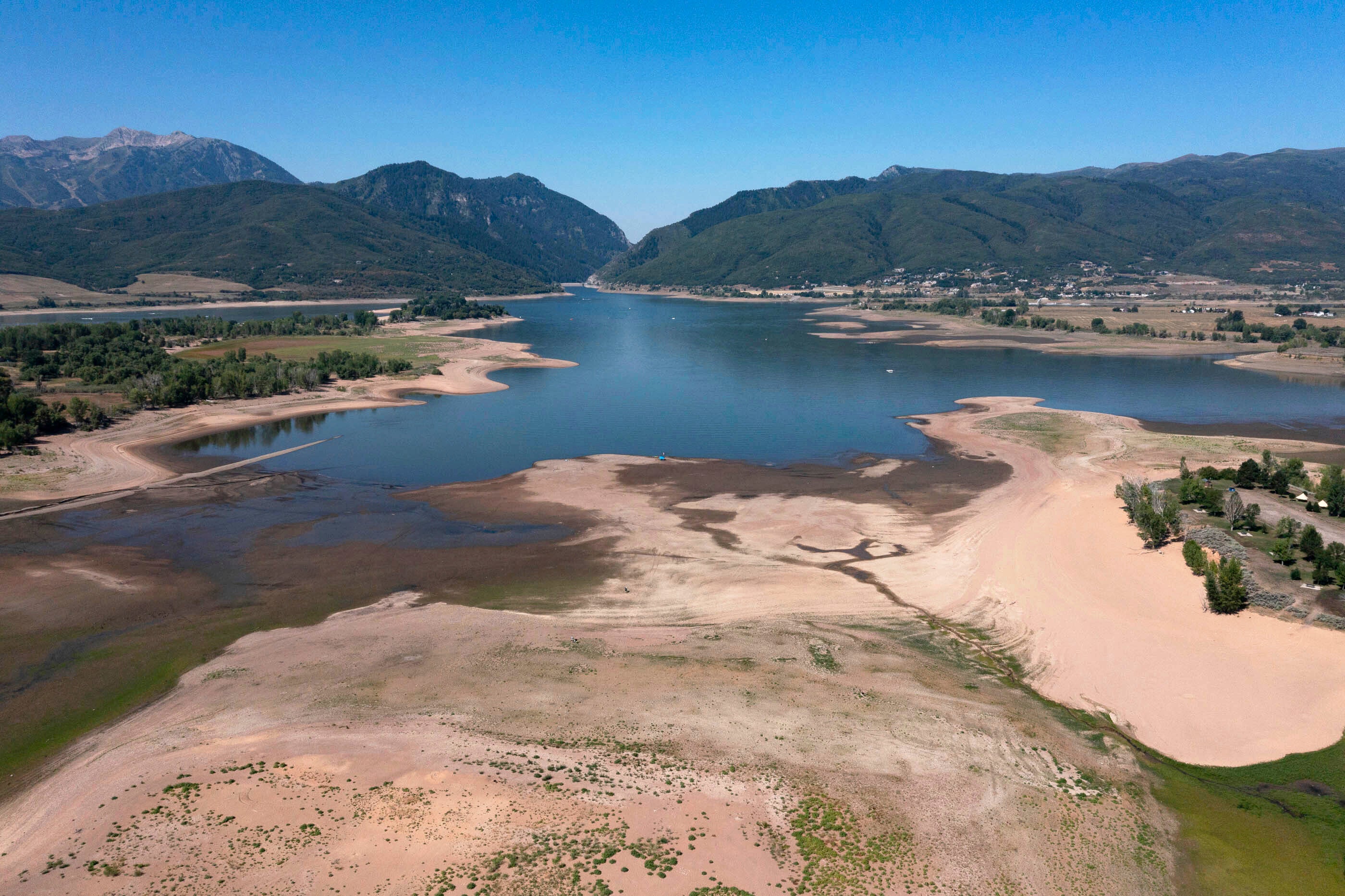Forecasters predict warmer winter for two-thirds of US
Government forecasters say that they expect two-thirds of the U.S. to have a warmer winter than normal

Your support helps us to tell the story
From reproductive rights to climate change to Big Tech, The Independent is on the ground when the story is developing. Whether it's investigating the financials of Elon Musk's pro-Trump PAC or producing our latest documentary, 'The A Word', which shines a light on the American women fighting for reproductive rights, we know how important it is to parse out the facts from the messaging.
At such a critical moment in US history, we need reporters on the ground. Your donation allows us to keep sending journalists to speak to both sides of the story.
The Independent is trusted by Americans across the entire political spectrum. And unlike many other quality news outlets, we choose not to lock Americans out of our reporting and analysis with paywalls. We believe quality journalism should be available to everyone, paid for by those who can afford it.
Your support makes all the difference.Expect a drier, warmer winter down south and a wetter winter up north, U.S. government forecasters said Thursday.
The National Weather Service predicted two-thirds of the U.S. will see above average temperatures from December through February, while the Pacific Northwest and southern Alaska will likely get colder than usual. The Midwest, Northwestern states and Hawaii should expect above normal precipitation while the South will have less.
As the U.S. enters a second La Nina year in a row, these weather conditions across the country are typical, said Jon Gottschalck of the National Oceanic and Atmospheric Administration
La Nina, the flip side of El Nino, is the periodic cooling of parts of the Pacific, affecting weather patterns worldwide.
A dry winter down south means worsening drought across Nevada, Utah, Wyoming, Southern California and other Western states.
However, the Pacific Northwest “really stands out” for having the best chance to improve drought conditions, said Brad Pugh of NOAA.
Gottschalck also said it will be less likely than normal for the Northeast and Texas to experience paralyzing blizzards that shut down cities last winter.
___
The Associated Press Health & Science Department receives support from the Howard Hughes Medical Institute’s Department of Science Education. The AP is solely responsible for all content.